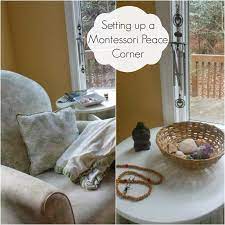As we approach 2025, there’s a growing emphasis on outdoor and nature-based learning in early childhood education. This trend recognizes the myriad benefits of connecting young children with the natural world and seeks to counterbalance the increasing time children spend in indoor, screen-based environments.
Key aspects of this trend include:
- Creating outdoor classrooms and natural play spaces
- Integrating nature-based learning across the curriculum
- Emphasizing environmental stewardship from an early age
- Addressing nature deficit disorder through regular outdoor experiences
Early childhood programs are reimagining their outdoor spaces to support rich learning experiences. This includes creating natural playgrounds with elements like mud kitchens, water play areas, and loose parts for construction. Some programs are even moving entire classrooms outdoors, conducting the majority of their activities in nature-based settings.
Educators are finding ways to integrate nature-based learning across all areas of the curriculum. This might involve using natural materials for math and sorting activities, conducting science experiments with plants and animals, or using outdoor environments as inspiration for art and storytelling.
Environmental stewardship is becoming a key focus, with programs introducing concepts of sustainability and conservation from an early age. This includes activities like gardening, composting, and learning about local ecosystems and wildlife.
There’s an increased emphasis on addressing nature deficit disorder by ensuring that children have regular, extended periods of outdoor play and exploration. This includes implementing policies for outdoor time regardless of weather conditions (with appropriate clothing and safety measures) and organizing frequent nature excursions.
The benefits of outdoor and nature-based learning are numerous. Children who spend more time in nature show improved physical health, better cognitive function, enhanced creativity, and stronger social skills. They also tend to develop a lifelong appreciation for the natural world.
Challenges in implementing outdoor and nature-based learning include addressing safety concerns, overcoming logistical barriers in urban environments, and ensuring equity in access to nature experiences. To address these challenges, programs are providing staff training on outdoor safety and nature-based education, partnering with local parks and nature centers, and working to create green spaces in urban areas.
As we move towards 2025, expect to see more early childhood programs adopting comprehensive outdoor and nature-based learning approaches. This may include the development of nature-based early learning standards, increased funding for outdoor classroom creation, and policy changes to support and encourage outdoor learning in early childhood settings.
The trend towards outdoor and nature-based learning in early childhood education represents a return to more holistic, experiential approaches that recognize the fundamental importance of nature in children’s development and well-being.











